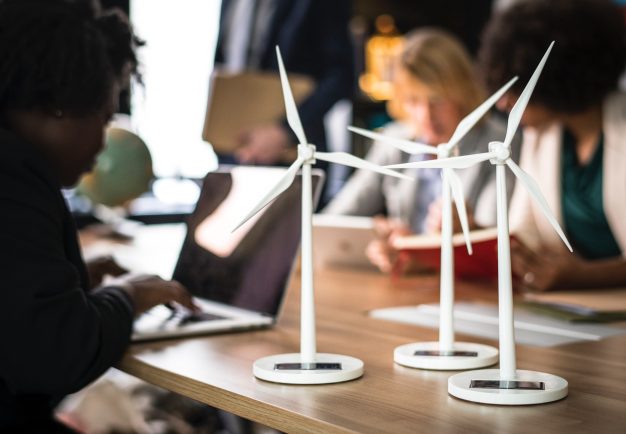
How clean energy solutions at home and in health facilities can greatly benefit child health
What do clean cooking and safe and green healthcare facilities have in common? Investing in these initiatives can boost our economies and save lives and the future of our planet, starting with improving the health and well-being of children.
Healthy environments foster healthy children. A child born safely in a healthcare facility that has reliable electricity and infrastructure. A child living in a home with clean air that will not put his or her life, health or development at risk.
Addressing cooking poverty by investing in “clean cooking” has the greatest potential to reduce household pollution and save lives. Half a million children die every year because of household indoor air pollution, and most of these deaths take place in sub-Saharan Africa and parts of south Asia.
If we can help the world’s most vulnerable move up the energy ladder, and adopt cleaner fuels and technologies, we will have a reduction in greenhouse gases and improve our children’s health outcomes.
This means scaling up the use of cleaner fuels like liquefied petroleum gas (LPG) or biogas, investing in cleaner technologies like improved cookstoves, installing better ventilation and encouraging social and behavioural change needed to make greener energy choices.
There are several global initiatives under way, with the private sector playing a key role in solving this problem together with governments in some countries, including:
- Nepal: In six remote municipalities in Nepal, improved eco-cookstoves delivered by UNICEF in partnership with local governments are helping to protect the health of women and children, as well as the environment.
- China: In addition to addressing household air pollution, China is taking a systematic approach to children’s environmental health to address multiple environmental hazards concurrently. Recently, China has unveiled a beta version of a children’s environmental health surveillance platform which will be the backbone for data informed environmental health policy. In addition, China has joined the UNICEF-led Children’s Environmental Health Collaborative to contribute to the global efforts to protect children from multiple climate and environmental hazards.
More than ever, we need speed and scale to end cooking poverty by 2030 – and save more than 1,000 child deaths every day.
Safe and green healthcare facilities
Reliable and resilient energy is critical from managing childbirth to ensuring basic health services such as clean water supply, lighting and communications. Yet, today, one billion people around the globe visit health facilities without reliable electricity.
Health facilities that do have energy often have diesel generators, especially in the most disadvantaged areas, as these tend to be off grid. Even in urban areas there is unreliable provision of energy due to load shedding.
A non-functional health service may reduce demand for health services and people choosing to explore alternatives resulting in greater risks – for example, home-based childbirth.
When there is no electricity, you cannot ensure that vaccines and essential medicines are stored at the right temperature, risking their effectiveness, and when there is a lack of adequate medical care options, there is higher child morbidity and mortality and lower labour productivity of caregivers.
We need to create win-win solutions. If we want to improve health outcomes for children, we need to solve energy poverty by ensuring reliable, affordable and sustainable energy provision in health facilities. In many cases, decentralized renewable energy systems are the most cost-effective and climate-forward solution to strengthen energy resilience.
Benefits for climate and child health
Making healthcare facilities safe and green will go a long way to reap co-benefits for climate change and child health. The latest data shows that every $1 investment in energy resilience across social sectors could result in a triple return. The pilot countries in UNICEF and the Economist Impact’s latest study, Pakistan and Tanzania, tangibly demonstrated the potential boost to the economy – $2.3 billion and $500 million, respectively – when resilient energy is strengthened.
Furthermore, the report showed that decentralized renewable energy systems are the best option for sustainability and energy resilience.
The United Nations Sustainable Development Goals for reducing preventable child deaths and ensuring universal clean cooking are inextricably linked together along with the climate goals outlined in the Paris Agreement.
The annual health, gender, and climate co-benefits from achieving universal access to cleaner cooking and eliminating cooking poverty by 2030 totals $192.3 billion— more than 25 times the estimated public-sector investment.
Clean cooking can also ease the health problems and economic burdens that disproportionately impact women and girls, who largely hold the daily cooking responsibilities around the world.
It goes to show that investing in clean cooking technologies and safe and green health facilities; it is not only the right thing to do, it is the smart thing to do.
Republished from the World Economic Forum in accordance with Creative Commons Licensing.




